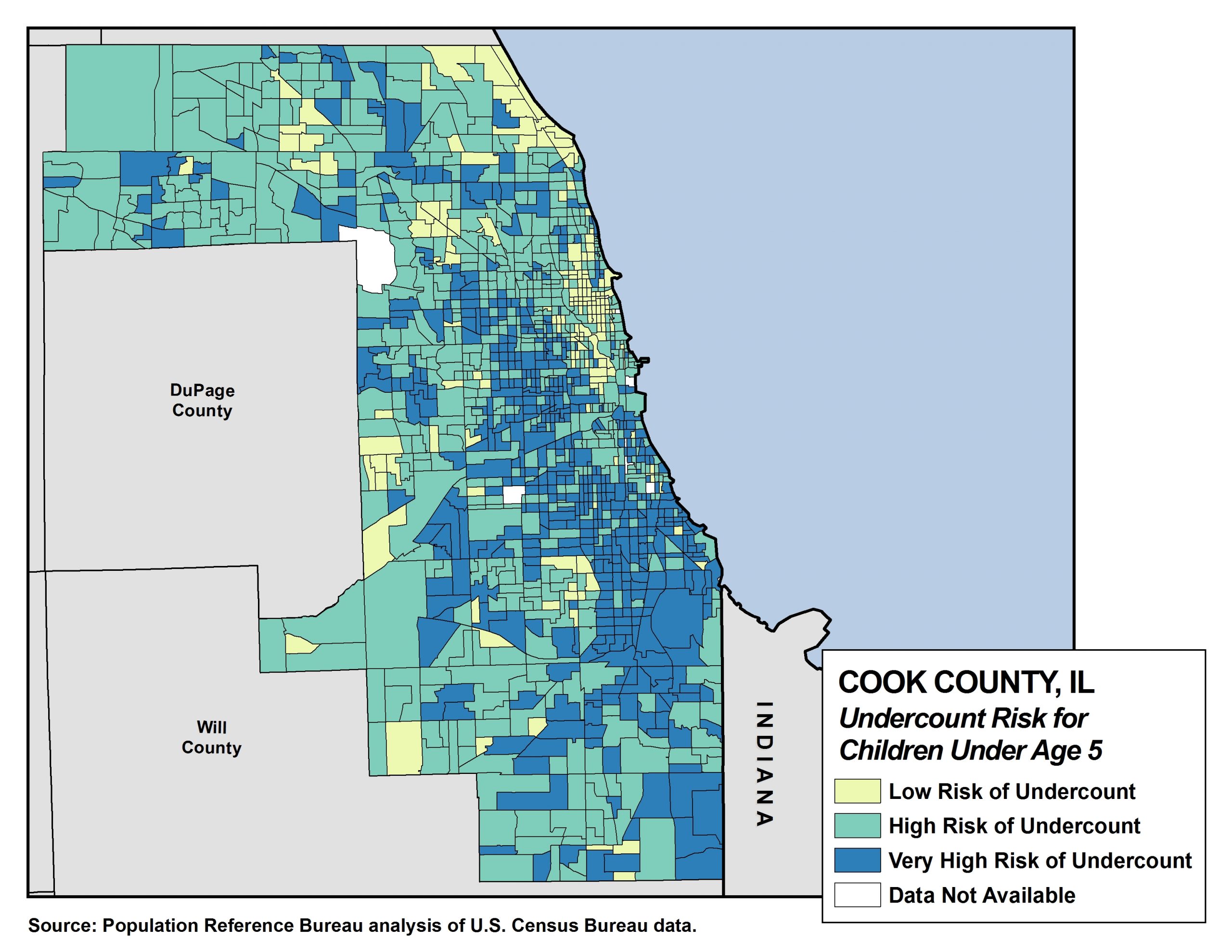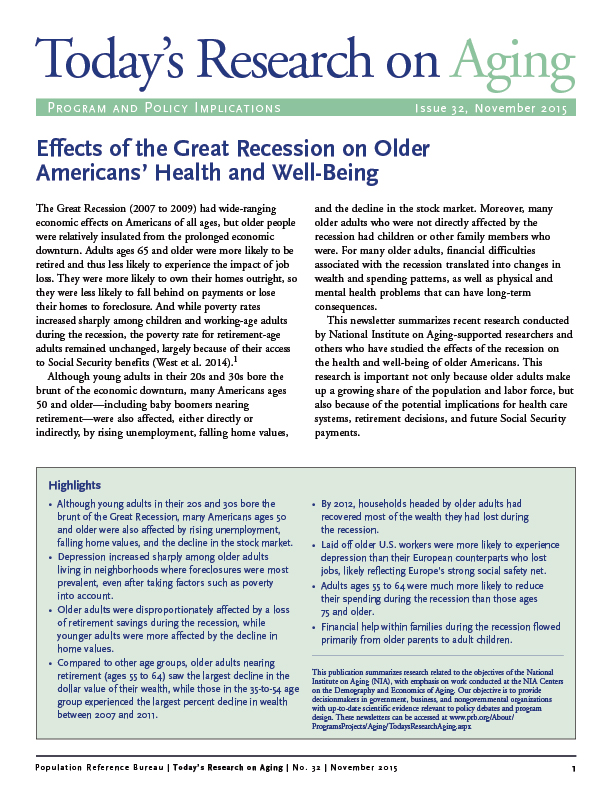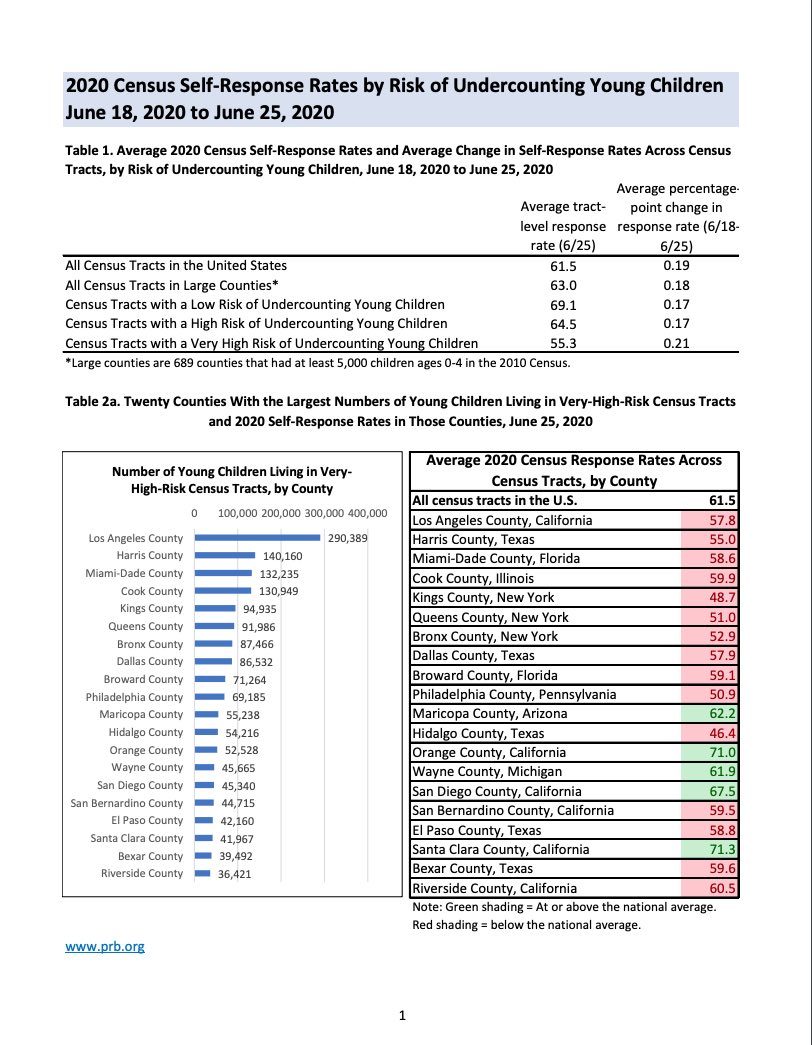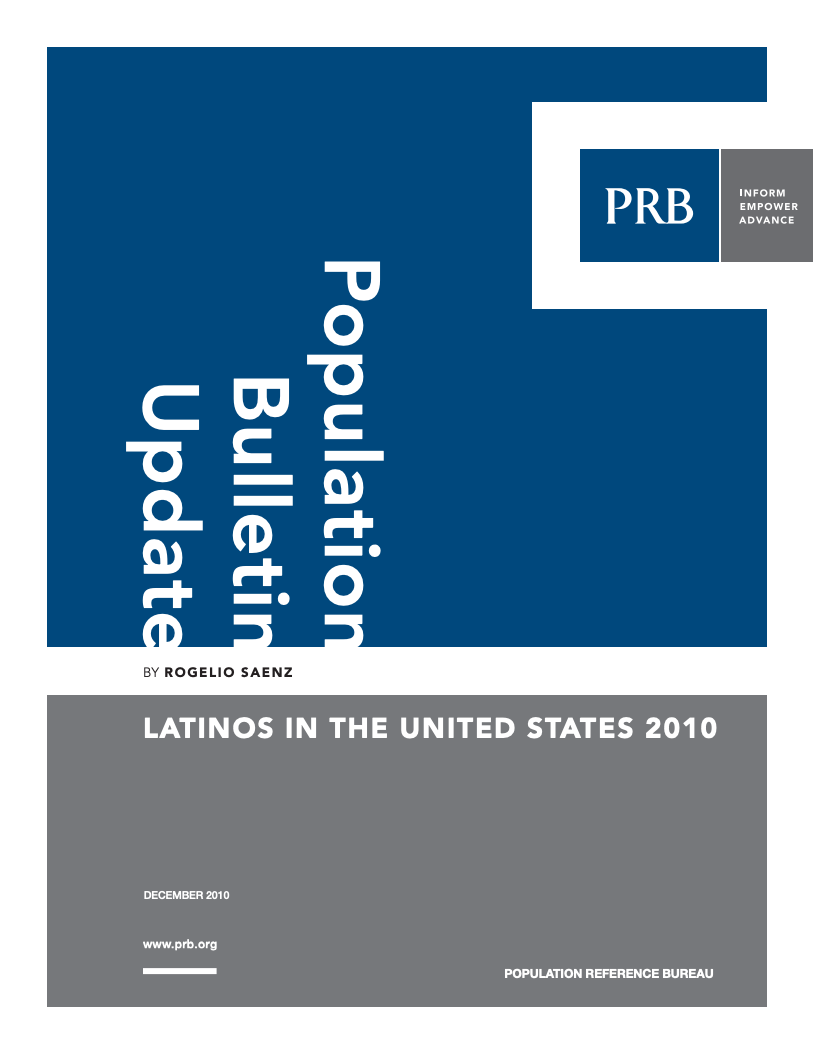Maps. 12 County Maps with Captions for Undercount Risk for Children Under Age 5
Our analysis focuses on the factors that are most closely associated with the net undercount of children in the census, based on the Census Bureau’s Revised 2018 Experimental Demographic Analysis Estimates.






